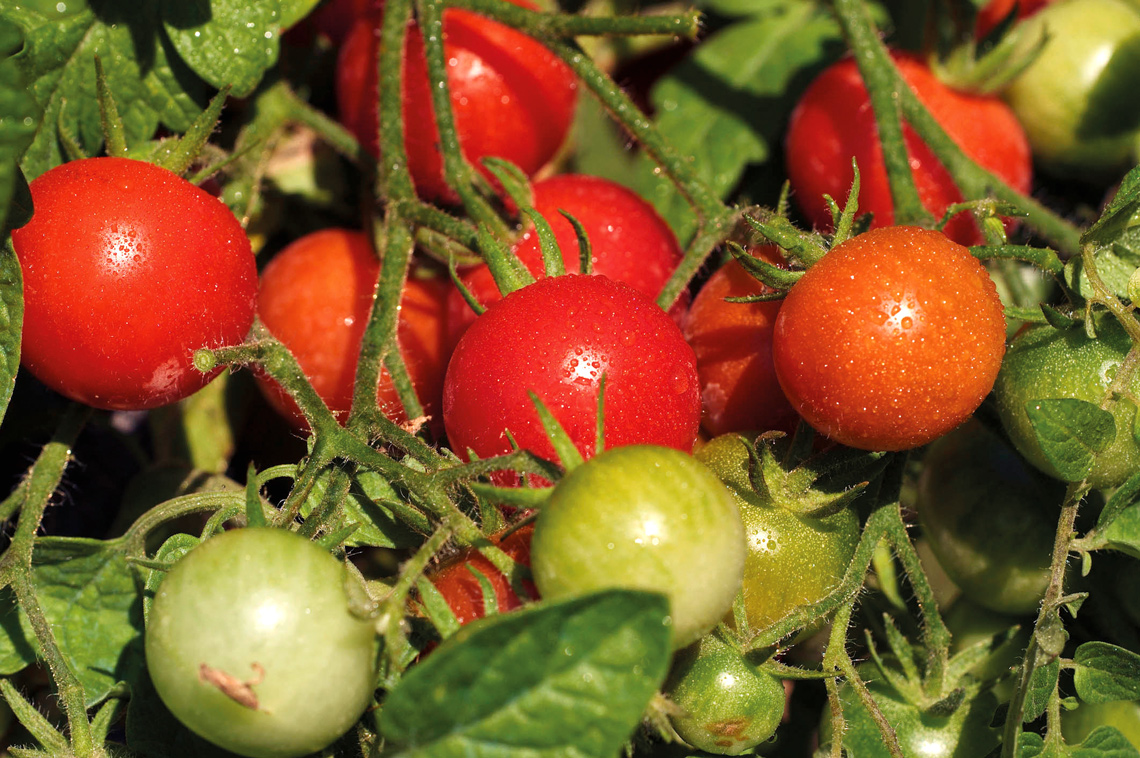When stressed—by lack of water, for example—plants can undergo changes in color, odor, and shape. Some can even release volatile organic compounds or emit ultrasonic sounds, in the frequency of 20 to 150 kilohertz (kHz). Although these sounds cannot be heard by humans, they can be detected by other plants or insects, according to experiments involving tomato and tobacco plants carried out by researchers from Tel Aviv University in Israel and Harvard University, USA. The scientists created four plant groups—drought-stressed tomato, cut-stem tomato, drought-stressed tobacco, and cut-stem tobacco—and compared them to a control group by placing microphones alongside them. The frequencies of the sounds emitted by each group were proportional to the severity of the damage and differentiated each group. Drought-stressed tomato and tobacco plants made sounds with a maximum average frequency of 49.6 kHz and 54.8 kHz respectively. Among the cut-stem plants, the maximum average frequency was 57.3 kHz and 57.8 kHz. The researchers also recorded sounds from wheat, maize, grape vines, and cactus (Cell, March 30).
RepublishFlora
The sounds of wounded plants

Tomato plants with cut stems emit sounds at a higher frequency than those subjected to drought
Jean Weber / Wikimedia Commons

